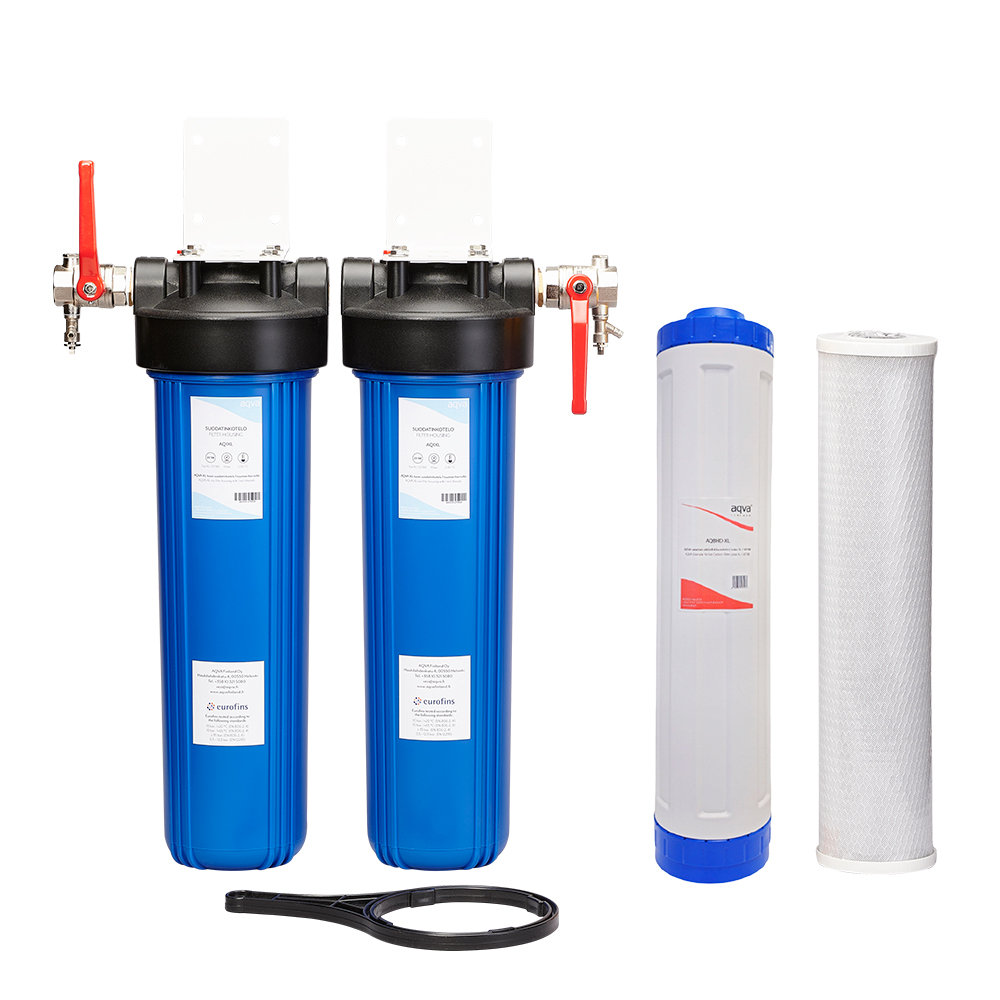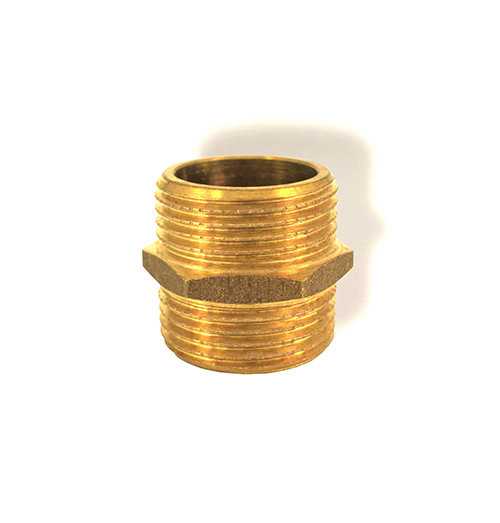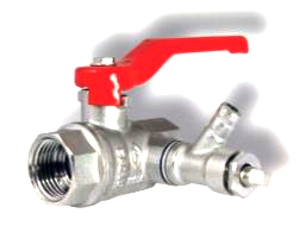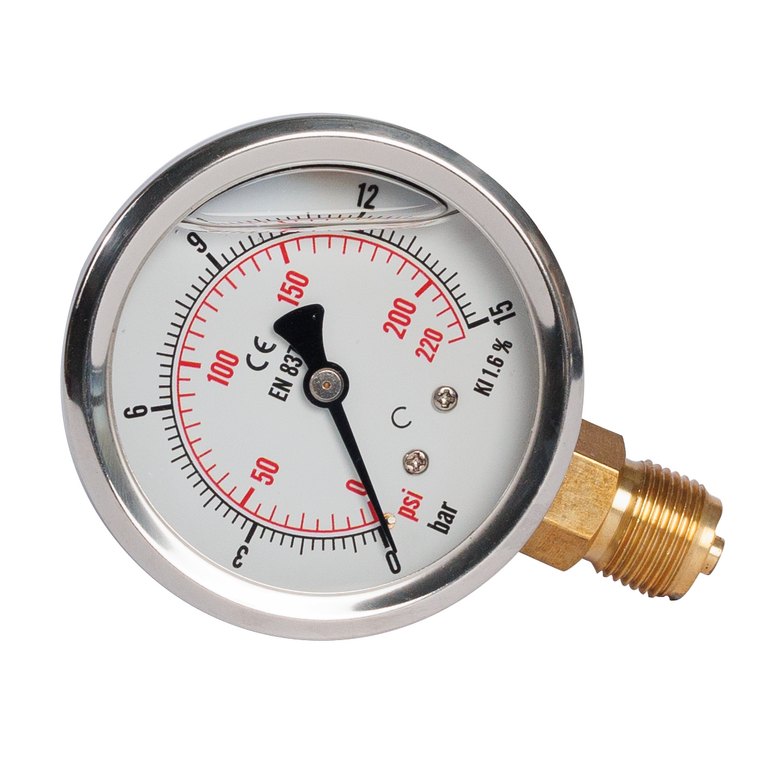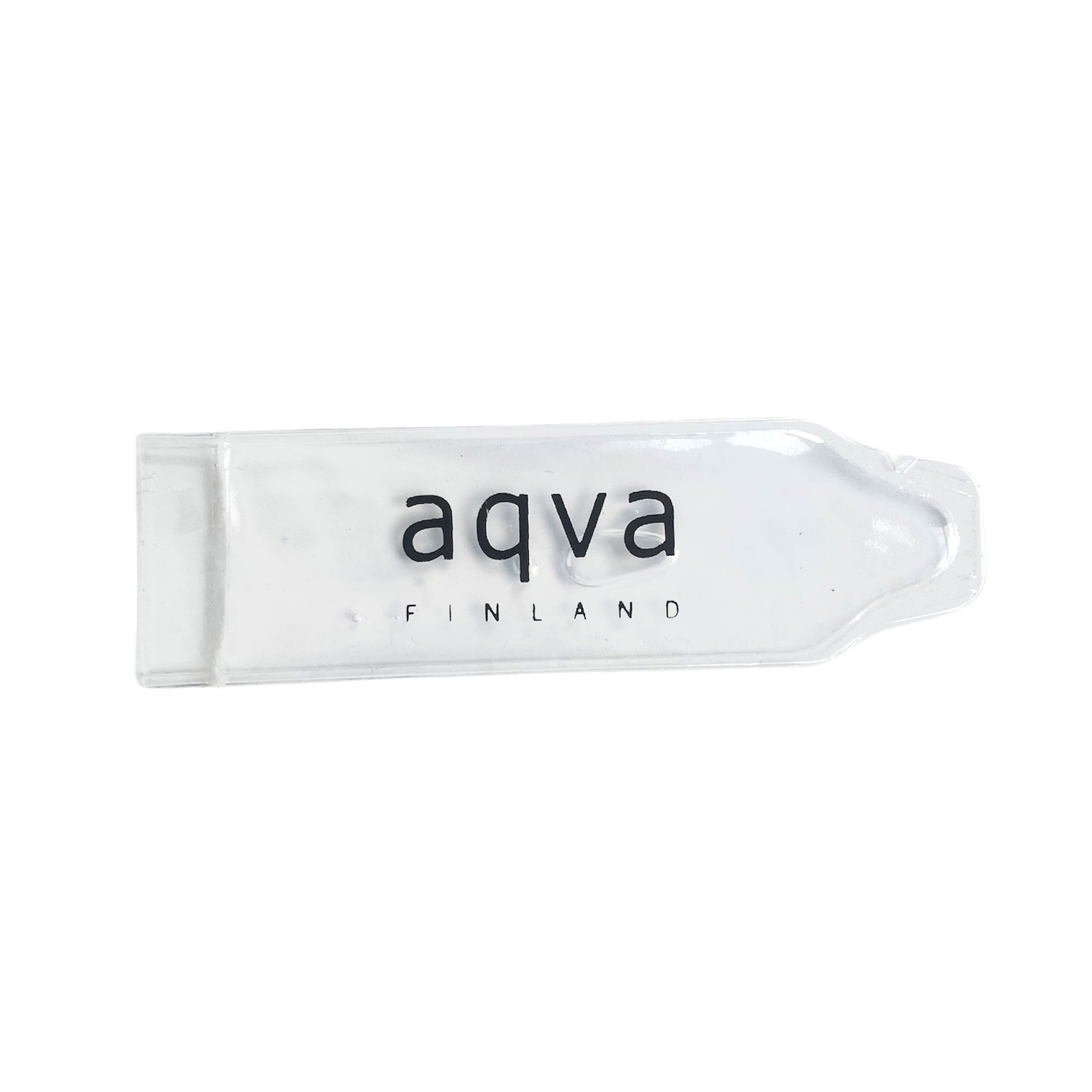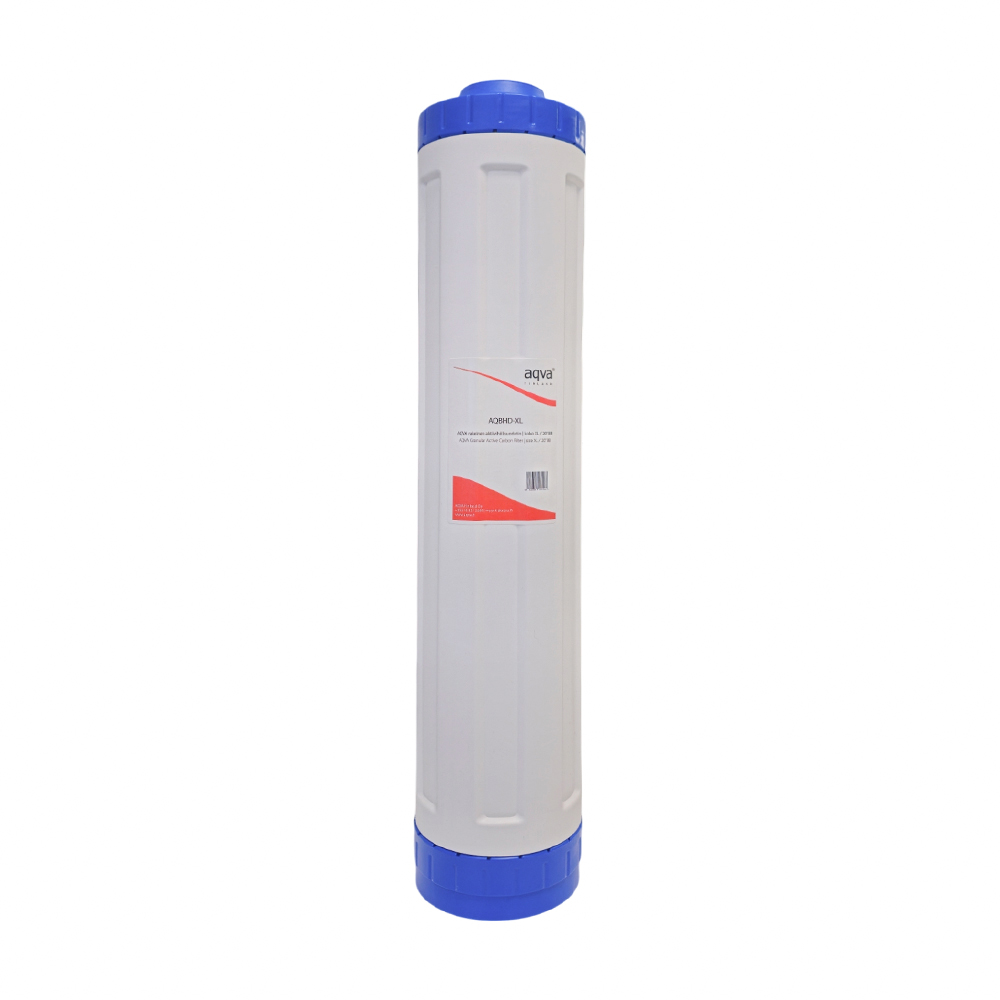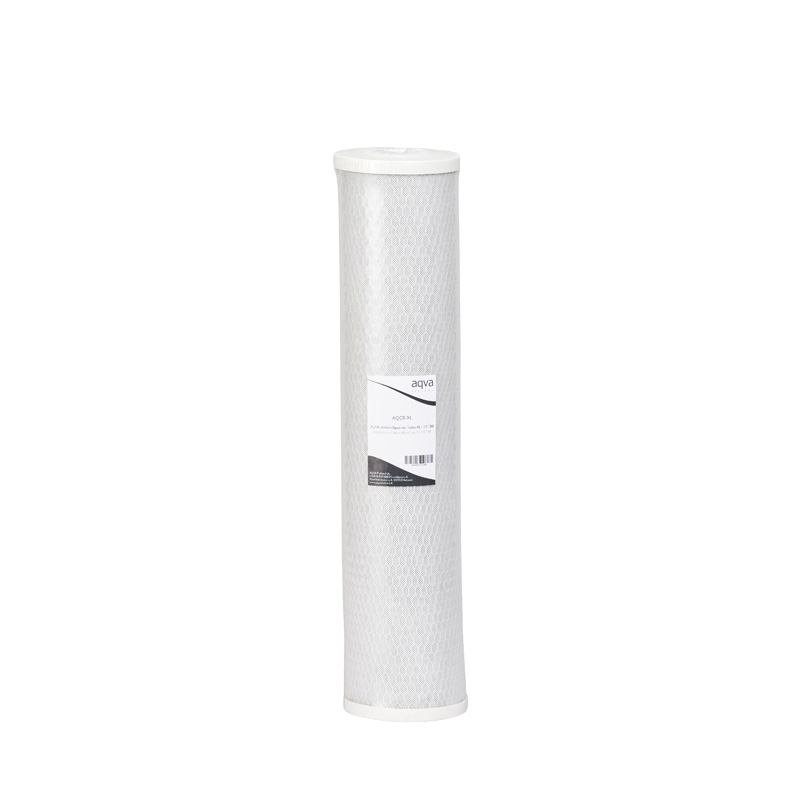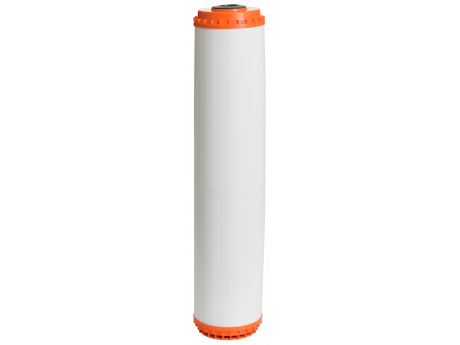AQ2XL-RAD
AQVA XL filter combination - radon
Product does not have reviews yet
Delivery price from on 7,89 €
Or fetch from store 0 €
350,00 €
-
Onko jos on radonia 2700 niin tämä hyvä suodatin talous veteen
| 04.08.2020
Hei, tämä on hyvä suodatin, mikäli vedenvirtausnopeudet sen läpi pysyvät 15 litraa minuutissa suuruusluokassa. Toki suodatin poistaa vedestä muutakin, joten esim. etenkin rauta, mangaani ja humus vedessä vaikuttavat sen tehoon ja riittoisuuteen. Tästä syystä olisi tärkeää katsoa vesianalyysin kokonaisuutta ja ottaa huomioon mahdolliset kausivaihtelut kaivoveden laadussa. Asiakaspalvelumme auttaa mielellään.
Aqva Finland | 05.08.2020
-
Hei, onko tästä yhdistelmästä edes karkeaa suorituskyky tietoa, esim. kun radonia 5000 Bq/l ja uraania 50 µg/l?
| 25.06.2020
Hei ja kiitos kysymyksestänne. Aktiivihiilisuodatusta ei suositella yli 5 000 Bq/l radonpitoisuuksien poistamiseen, jotta suodattimen säteilytaso ei nousisi liian suureksi.
Aqva Finland | 26.06.2020
See how other people have reviewed this product:
Product does not have reviews yet...
Activated Carbon filter package for the removal of radon from the household water
Activated charcoal has traditionally been used for the extraction of radon from water due to its excellent engagement. The type and quality of water influences engagement, so Aqva's packages combine different activated carbon types to maximize power. Granular active carbon filter and the granular activated carbon in a bitumen grape, which also eliminates solids and sediments up to 10 µm whole class.
In activated charcoal filtration, the radon in water is passed through the activated carbon mattress and radon binds to activated carbon. After introduction, the activated carbon filter is achieved within a few weeks of equilibrium, so that the commitment to radon is broken down as quickly as the new one is bound. After this, the removal capacity of the filter radon is no longer reduced in principle.
Activated carbon filtration is not recommended for the removal of over 5 000 Bq/L radon levels in order to avoid excessive radiation levels.
The package includes two Aqva XL size filter Housing (AQ1XL) pressure gauges, mounting brackets, casing tensioning key and filters (AQBHD-XL and AQCB-XL)
- 1" thread
- Enclosure size K74 x L19 cm x 2pcs.
- Operating pressure up to 6 bar.
Recommendations:
- A typical flow rate of less than 15 litres per minute
- Exchange Interval recommendation 6-12 month. We recommend monitoring the concentration of radon with regular water analysis. Water quality and other pollutants may have an effect on the yield.
Active Carbon filtering attention
- It is good to note that the filter becomes a source of radiation because the substances that are caused by the dissolution of the reserved radon cause gamma rays. However, this can only be resolved by means of a relatively simple measure: place the filter in areas where there is no residence and where the filter cannot cause a radiation dose, e.g. Basement. Radiation is rapidly reduced as the distance grows and at two to three meters from the filter, radiation is already at the level of the background radiation. Radiation Protection Centre recommends the placing of an activated carbon filter in a separate building or in a card card-body-maintenance room, if available. You can also protect your filters on a lead disc.
- After the filter has been deactivated, it will take approximately 3 weeks for the radiation to be reduced to a background radiation level.
- The uranium content of the water must be taken into account when installing the activated Carbon filter. If uranium exceeds 100 Μ g/L, uranium must be removed from the water before the activated carbon filter. Uranium undermines the removal capacity of the active carbon in the radon.
- Other water-quality properties including the high-water humus content or bacteria may impair radon removal capacity. Be in contact with Aqva's advice to check the suitability of the water quality or the need for further filtration.
The concentration and quality of radon treated water in general should be monitored periodically by laboratory analysis!

 Suomi
Suomi English
English